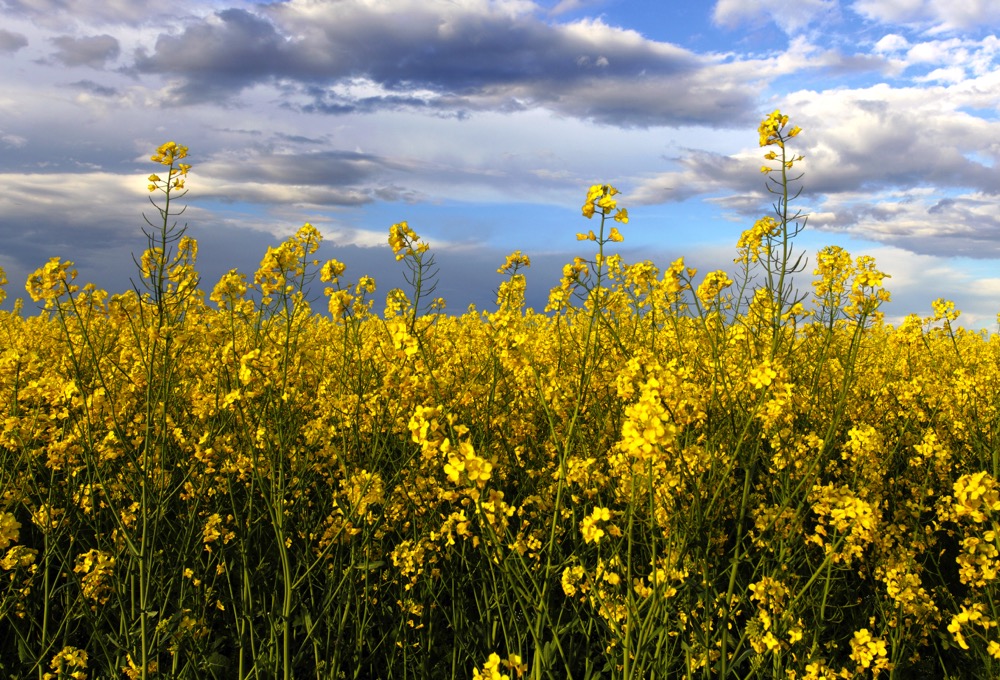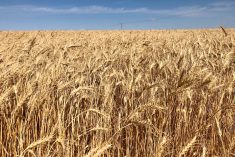CNS Canada — Despite summer flooding on the eastern Prairies and generally late seeding, 2014-15 crop production across much of Western Canada looks reasonably robust, several agricultural analysts say.
Statistics Canada on Thursday will release its first survey-based production estimates for the country, using data gathered in late July during the height of flooding problems across much of southeastern Saskatchewan and southwestern Manitoba.
Although this year’s crop was seeded relatively late, the StatsCan report is still viewed as a good starting point for gauging this year’s crop.
Read Also

ICE Weekly: No upside for canola if China situation continues: trader
Tony Tryhuk of RBC Dominion Securities said canola should stay rangebound if Canada’s trade war with China continues.
Grain trade analysts, ahead of Thursday’s report, are pegging canola production at anywhere from 14.75 million to 15.2 million tonnes in 2014-15. In 2013-14 that total was 17.96 million tonnes.
All-wheat production estimates ranged from 27.1 million tonnes to 29 million tonnes in 2014-15. That compares to 37.53 million tonnes in 2013-14. Of that total, durum production is forecast at five million to six million tonnes. That compares to 4.63 million tonnes in 2013-14.
A lot can change between now and the end of the year, said Jonathan Driedger of FarmLink Marketing Solutions.
“The report is always taken with a grain of salt,” he said, noting most crops aren’t even in the first stages of harvest.
Pulse crops may have suffered more than cereals from the excess moisture in the eastern Prairies, he said.
Jerry Klassen, manager of GAP Grains and Produits in Winnipeg, said he feels the recent hot weather that has descended across must of the Prairies could change the picture significantly.
“I think we’ve had strenuous heat and dryness over the last month in parts of Alberta and Saskatchewan, and that is starting to affect yields,” he said, adding canola will likely be more affected by the heat than spring wheat.
The Statistics Canada report could be a touch on the low side, he added. “Generally StatsCan is conservative on this report.”
Few analysts had anything to say about this year’s flaxseed production. Ken Ball, a commodity broker with Union Securities, said right now there’s not a lot of information to go on for flax.
“It’s a crop that tends to get seeded late and doesn’t handle water too well,” he said.
— Dave Sims writes for Commodity News Service Canada, a Winnipeg company specializing in grain and commodity market reporting.
Table: A quick summary of pre-StatsCan report estimates on 2014-15 crop production, compared to StatsCan’s 2013-14 final numbers. Figures in millions of tonnes.
| Pre-report ideas | 2013-14 | |
| Durum | 5.000 – 6.000 | 6.505 |
| All wheat | 27.800 – 29.900 | 37.530 |
| Oats | 2.760 – 3.100 | 3.888 |
| Barley | 7.500 – 8.200 | 10.237 |
| Flaxseed | 0.800 – 0.900 | 0.712 |
| Canola | 14.750 – 15.000 | 17.960 |















